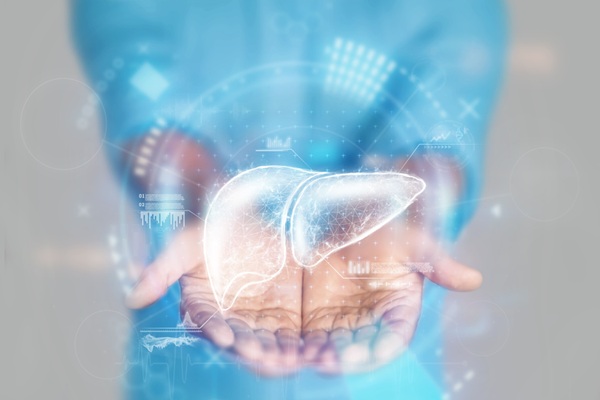Blood Management Program Reduces Unnecessary Transfusions
|
By HospiMedica International staff writers Posted on 26 Sep 2017 |
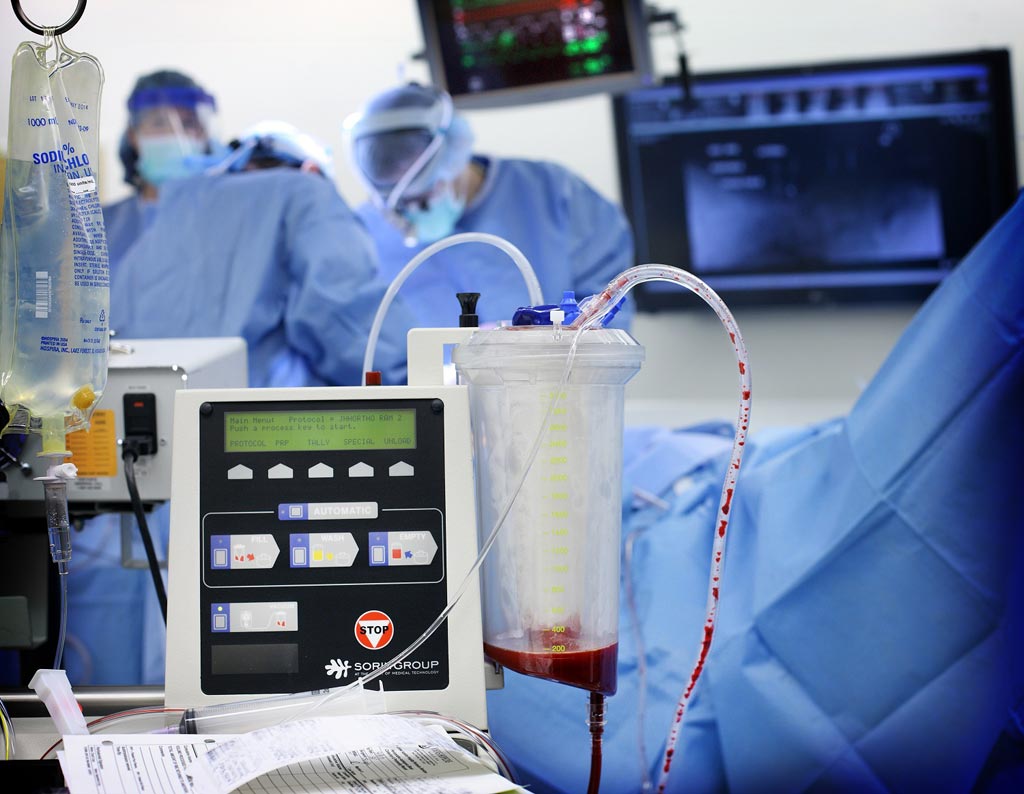
Image: A new study claims a program to reduce unnecessary blood transfusions has improved patient care (Photo courtesy of Keith Weller / JHU).
Implementing a system-wide patient blood management program (BMP) can substantially reduce blood utilization and blood acquisition costs, claims a new study.
The blood management clinical community, formed at Johns Hopkins University School of Medicine (JHU-SOM; Baltimore, MD, USA), is a physician-led, multidisciplinary, collaborative, quality-improvement team formed in order to implement best practices for patient blood management. To determine the effectiveness of the system, changes in blood utilization and blood acquisition costs were compared for the pre- and post-patient BMP implementation time periods.
The results revealed that across the health system, multiunit erythrocyte transfusion orders decreased from 39.7% to 20.2%, almost half. The percentage of patients transfused decreased for erythrocytes from 11.3% to 10.4%, for plasma from 2.9% to 2.2%, and for platelets from 3.1% to 2.7%. The number of units transfused per 1,000 patients also decreased; for erythrocytes by 19.8%; for plasma by 38.9%; and for platelets by 15.6%. Overall blood acquisition cost savings were USD 2,120,273 per year, an estimated 400% return on investment. The study was published on September 7, 2017, in Anesthesiology.
“Hospitals across the country are merging into health systems, in part to realize economies of scale by improving quality. Our experience with a patient blood management program shows that it's feasible to do that,” said lead author professor of anesthesiology and critical care medicine Steven Frank, MD. “Our premise is that doctors don't want to be told how to practice medicine by computer pop-up alerts; they would rather hear about the studies supporting the guidelines.”
The PBM program was launched in January 2012 at the Johns Hopkins Hospital with a clinical education program that consisted of live, in-person grand rounds presentations to various clinical departments in order to inform physicians, nurses, and other staff about hospital transfusion policy guidelines, and the results of eight published landmark studies that support reduced use of transfusions. The single most effective intervention, according to the study, was the “Why give 2 when 1 will do?" campaign to encourage single-unit transfusions.
Related Links:
Johns Hopkins University School of Medicine
The blood management clinical community, formed at Johns Hopkins University School of Medicine (JHU-SOM; Baltimore, MD, USA), is a physician-led, multidisciplinary, collaborative, quality-improvement team formed in order to implement best practices for patient blood management. To determine the effectiveness of the system, changes in blood utilization and blood acquisition costs were compared for the pre- and post-patient BMP implementation time periods.
The results revealed that across the health system, multiunit erythrocyte transfusion orders decreased from 39.7% to 20.2%, almost half. The percentage of patients transfused decreased for erythrocytes from 11.3% to 10.4%, for plasma from 2.9% to 2.2%, and for platelets from 3.1% to 2.7%. The number of units transfused per 1,000 patients also decreased; for erythrocytes by 19.8%; for plasma by 38.9%; and for platelets by 15.6%. Overall blood acquisition cost savings were USD 2,120,273 per year, an estimated 400% return on investment. The study was published on September 7, 2017, in Anesthesiology.
“Hospitals across the country are merging into health systems, in part to realize economies of scale by improving quality. Our experience with a patient blood management program shows that it's feasible to do that,” said lead author professor of anesthesiology and critical care medicine Steven Frank, MD. “Our premise is that doctors don't want to be told how to practice medicine by computer pop-up alerts; they would rather hear about the studies supporting the guidelines.”
The PBM program was launched in January 2012 at the Johns Hopkins Hospital with a clinical education program that consisted of live, in-person grand rounds presentations to various clinical departments in order to inform physicians, nurses, and other staff about hospital transfusion policy guidelines, and the results of eight published landmark studies that support reduced use of transfusions. The single most effective intervention, according to the study, was the “Why give 2 when 1 will do?" campaign to encourage single-unit transfusions.
Related Links:
Johns Hopkins University School of Medicine
Latest Surgical Techniques News
- Novel Endoscopy Technique Provides Access to Deep Lung Tumors
- New Study Findings Could Halve Number of Stent Procedures
- Breakthrough Surgical Device Redefines Hip Arthroscopy
- Automated System Enables Real-Time "Molecular Pathology" During Cancer Surgery
- Groundbreaking Procedure Combines New Treatments for Liver Tumors
- Ablation Reduces Stroke Risk Associated with Atrial Fibrillation
- Optical Tracking Method Identifies Target Areas in Robot-Assisted Neurosurgery
- General Anesthesia Improves Post-Surgery Outcomes for Acute Stroke Patients
- Drug-Coated Balloons Can Replace Stents Even in Larger Coronary Arteries
- Magnetic Kidney Stone Retrieval Device Outperforms Ureteroscopic Laser Lithotripsy
- Absorbable Skull Device Could Replace Traditional Metal Implants Used After Brain Surgery
- Magic Silicone Liquid Powered Robots Perform MIS in Narrow Cavities
- 'Lab-on-a-Scalpel' Provides Real-Time Surgical Insights for POC Diagnostics in OR
- Biodegradable Brain Implant Prevents Glioblastoma Recurrence
- Tiny 3D Printer Reconstructs Tissues During Vocal Cord Surgery
- Minimally Invasive Procedure for Aortic Valve Disease Has Similar Outcomes as Surgery
Channels
Critical Care
view channel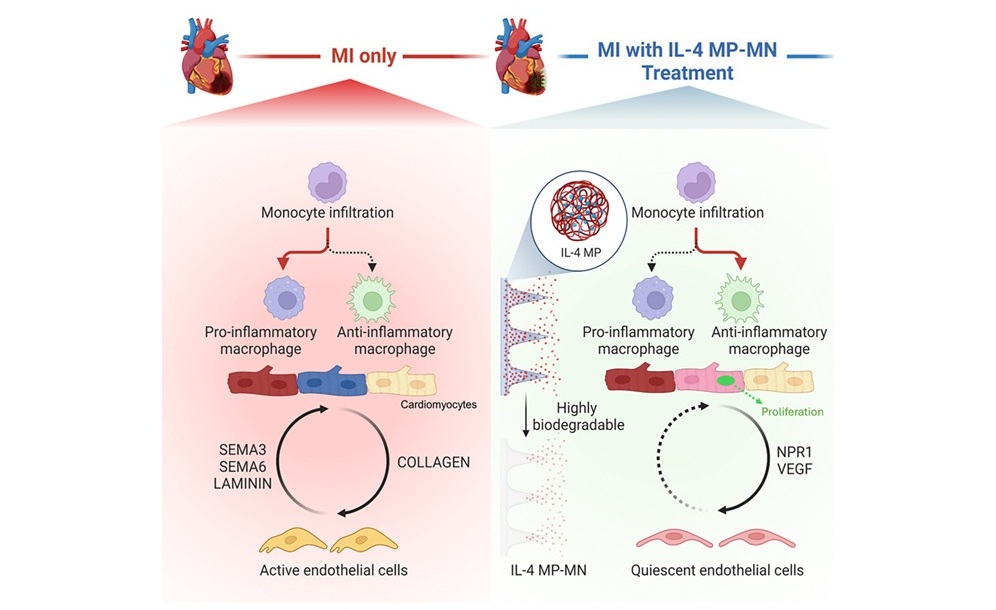
Biodegradable Patch Repairs Damaged Tissue After Heart Attack
A heart attack causes sudden loss of oxygen to the heart muscle, triggering cell death and a strong inflammatory response that often leads to scar formation. While scarring helps stabilize the heart, it... Read more
Magnetically Guided Microrobots to Enable Targeted Drug Delivery
Stroke affects 12 million people globally each year, often causing death or lasting disability. Current treatment relies on systemic administration of clot-dissolving drugs, which circulate throughout... Read more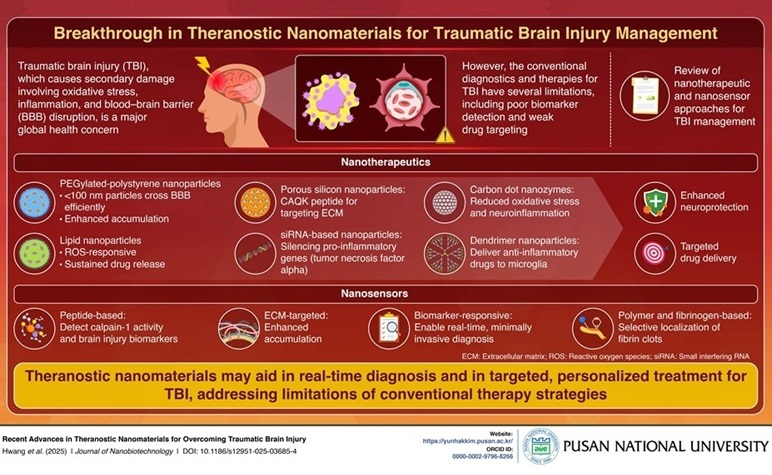
Smart Nanomaterials Detect and Treat Traumatic Brain Injuries Simultaneously
Traumatic brain injury (TBI) continues to leave millions with long-term disabilities every year. After a sudden impact from a fall, collision, or accident, the brain undergoes inflammation, oxidative stress,... Read more
Earlier Blood Transfusion Could Reduce Heart Failure and Arrhythmia in Heart Disease Patients
Blood loss during or after surgery can place significant stress on people with heart disease, increasing the risk of dangerous complications. Transfusions are often delayed until hemoglobin levels fall... Read morePatient Care
view channel
Revolutionary Automatic IV-Line Flushing Device to Enhance Infusion Care
More than 80% of in-hospital patients receive intravenous (IV) therapy. Every dose of IV medicine delivered in a small volume (<250 mL) infusion bag should be followed by subsequent flushing to ensure... Read more
VR Training Tool Combats Contamination of Portable Medical Equipment
Healthcare-associated infections (HAIs) impact one in every 31 patients, cause nearly 100,000 deaths each year, and cost USD 28.4 billion in direct medical expenses. Notably, up to 75% of these infections... Read more
Portable Biosensor Platform to Reduce Hospital-Acquired Infections
Approximately 4 million patients in the European Union acquire healthcare-associated infections (HAIs) or nosocomial infections each year, with around 37,000 deaths directly resulting from these infections,... Read moreFirst-Of-Its-Kind Portable Germicidal Light Technology Disinfects High-Touch Clinical Surfaces in Seconds
Reducing healthcare-acquired infections (HAIs) remains a pressing issue within global healthcare systems. In the United States alone, 1.7 million patients contract HAIs annually, leading to approximately... Read moreHealth IT
view channel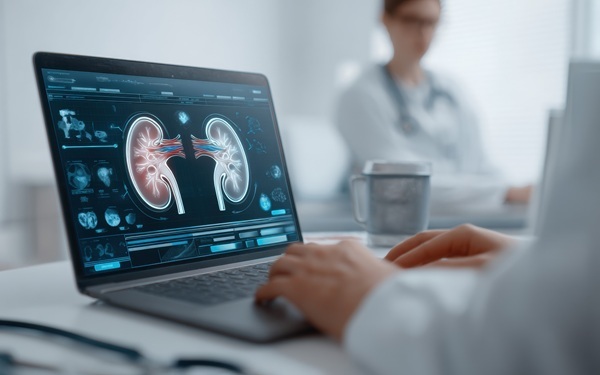
EMR-Based Tool Predicts Graft Failure After Kidney Transplant
Kidney transplantation offers patients with end-stage kidney disease longer survival and better quality of life than dialysis, yet graft failure remains a major challenge. Although a successful transplant... Read more
Printable Molecule-Selective Nanoparticles Enable Mass Production of Wearable Biosensors
The future of medicine is likely to focus on the personalization of healthcare—understanding exactly what an individual requires and delivering the appropriate combination of nutrients, metabolites, and... Read moreBusiness
view channel
Philips and Masimo Partner to Advance Patient Monitoring Measurement Technologies
Royal Philips (Amsterdam, Netherlands) and Masimo (Irvine, California, USA) have renewed their multi-year strategic collaboration, combining Philips’ expertise in patient monitoring with Masimo’s noninvasive... Read more
B. Braun Acquires Digital Microsurgery Company True Digital Surgery
The high-end microsurgery market in neurosurgery, spine, and ENT is undergoing a significant transformation. Traditional analog microscopes are giving way to digital exoscopes, which provide improved visualization,... Read more
CMEF 2025 to Promote Holistic and High-Quality Development of Medical and Health Industry
The 92nd China International Medical Equipment Fair (CMEF 2025) Autumn Exhibition is scheduled to be held from September 26 to 29 at the China Import and Export Fair Complex (Canton Fair Complex) in Guangzhou.... Read more










